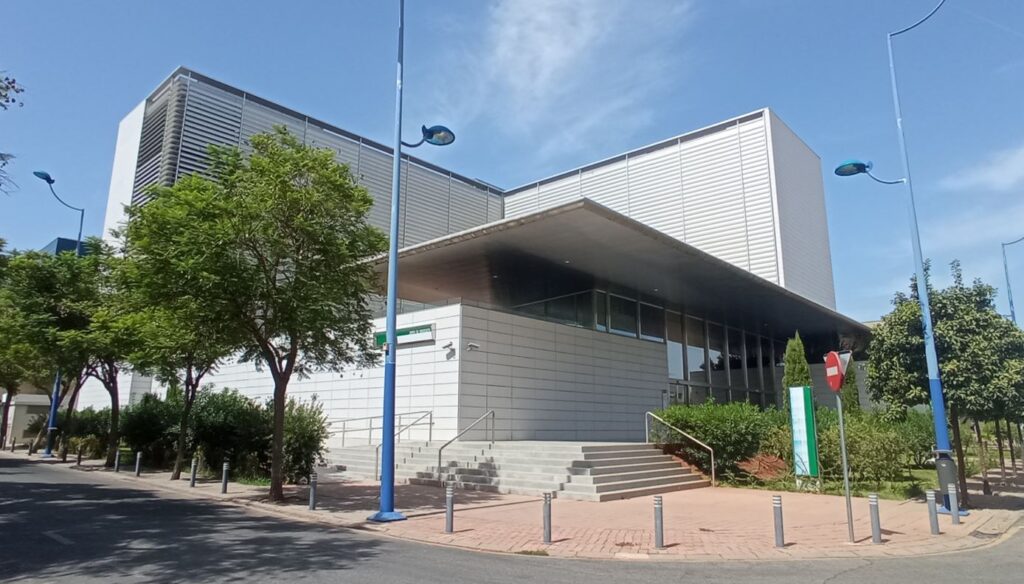
In the Kepler building, headquarters of the Department of University, Research and Innovation of the Andalusian Regional Government, there is a centralised heat and cold production installation that supplies thermal energy for the HVAC (heating, ventilation and air conditioning) installation.
The production of hot and cold water is carried out by means of water-condensed chiller plants, which evacuate the surplus thermal energy via heat exchangers with the raw water network available on the Isla de la Cartuja.
This has resulted in a lack of comfort for the building’s users, which has been aggravated by the drastic climate change and the increasingly extreme and long-lasting temperatures that are being recorded. If we look at data from recent years, the highest temperatures in recent history have been recorded and reports issued by major institutions indicate that the trend is continuing to rise from being an accidental situation to being the usual conditions that we are going to encounter from now on.
In view of this situation, a solution had to be found that would meet current and future needs, always focusing on energy efficiency and care for the environment.
Although it was initially planned to maintain the existing water-to-water chiller plants in the building and to design an auxiliary system for heat and cold dissipation, after an exhaustive analysis by Savener’s professional experts, it was shown that the optimum solution is based on installing air-condensed reversible heat pumps, thus achieving a simpler system with lower maintenance costs and greater energy efficiency.
Air-to-water heat pumps are currently a highly developed technology with high efficiencies. Although the efficiency (EER) may be low for extreme temperatures, throughout the year there are many hours when outdoor temperatures are around 25-30ºC and the performance of the equipment improves considerably compared to operation under nominal conditions.